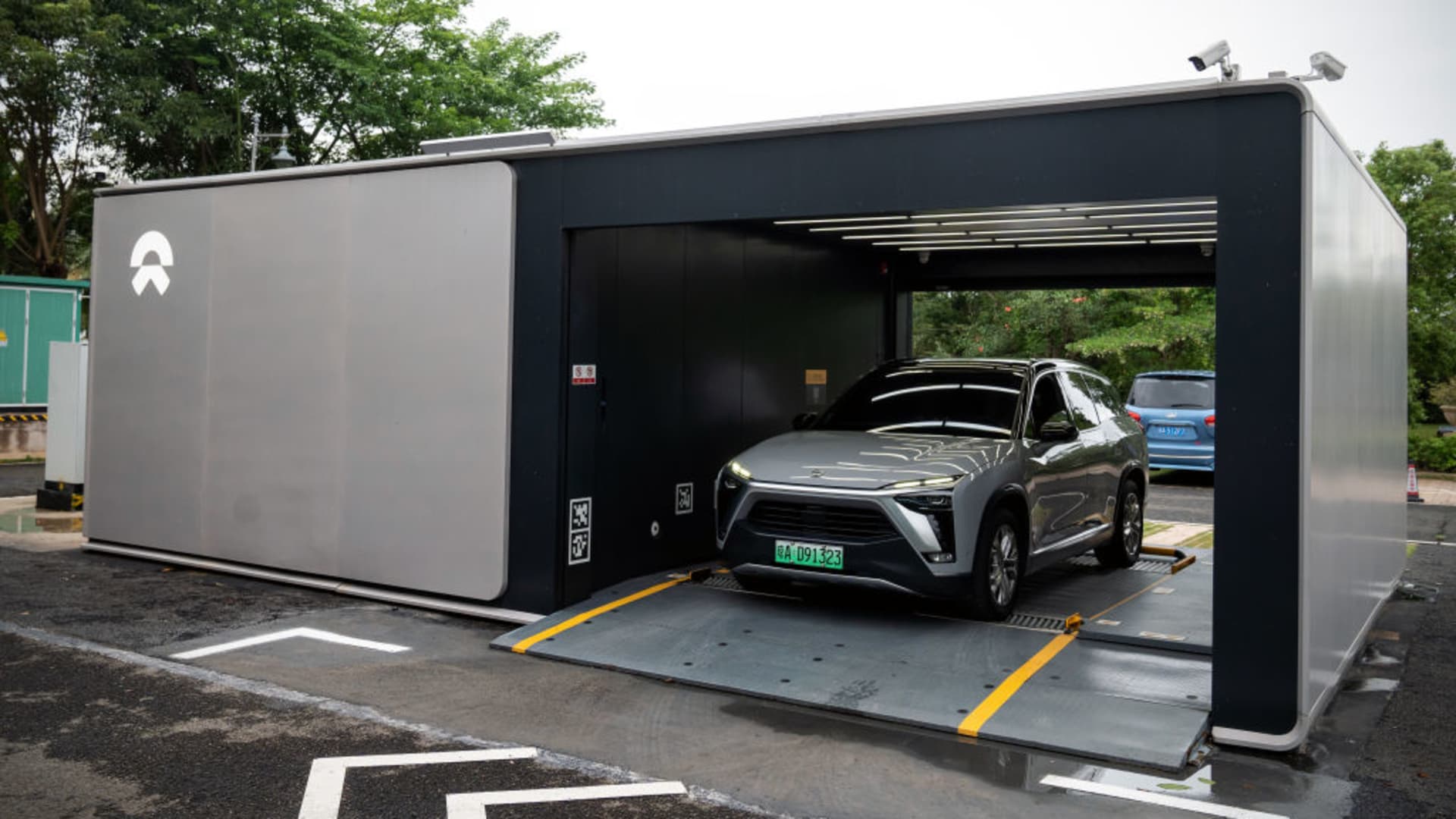China Takes the Lead: How Battery Swapping Is Revolutionizing the EV Landscape
While Europe and the USA are still debating the future of electric vehicles (EVs), China has already embraced it with open arms. A significant component driving this rapid adoption is battery swapping, a technology that is poised to reshape the global EV ecosystem.
Why Battery Swapping is the Future
For the uninitiated, battery swapping involves exchanging a depleted EV battery for a fully charged one at specialized stations. This method offers numerous advantages over traditional fast charging methods:
- Kinder to the Cell: Frequent fast charging requires extensive thermal management to prevent battery degradation. Battery swapping, on the other hand, is gentler on the battery cells.
- Beneficial for the Grid: Swapped batteries can be charged slowly, mitigating strain on the electric grid and facilitating better load management.
- Virtual Power Plant (VPP) Potential: During off-peak hours, these batteries can serve as a grid-supporting virtual power plant unit, contributing to grid stability.
Real-World Success: The NIO Model
NIO, a leading Chinese EV manufacturer, has genuinely proven the viability of this system. The company recently completed its 50 millionth battery swap on August 24, 2024. Remarkably, it took them just 144 days to go from 40 million to 50 million swaps. This pace exemplifies both the efficiency and popularity of battery swapping in China.
Speed and Convenience: One of the most compelling features is the speed; NIO’s battery swaps take around 2 minutes, which is faster than refueling a gasoline tank.
Alleviating Range Anxiety: Just as petrol stations are ubiquitous, swap stations can eliminate range anxiety, providing drivers with the assurance that they will never be far from a fresh battery.
The Battery-as-a-Service (BaaS) Model
Another crucial advantage of battery swapping is the introduction of the Battery-as-a-Service (BaaS) model. This innovation allows consumers to lease batteries based on their needs and range requirements. Day-to-day users might opt for a smaller battery and swap to a larger one before embarking on long trips. This flexibility reduces the upfront cost and makes EV ownership more accessible.
The BaaS model reflects the pragmatic approach that has helped China outpace other markets. It allows for more efficient use of resources and encourages consumers to adapt to greener alternatives more readily.
The Two-Wheeler Industry: A Case Study
The success of battery swapping isn’t confined to four-wheelers alone. The two-wheeler industry in China has also embraced this technology. Standardized battery sizes across different models enable consumers to swap batteries effortlessly. This standardization accelerates industrial transformation and sets a precedent for other markets.
Critics might argue that battery swapping won’t work for larger markets or applications, but China’s success story refutes this. The pragmatic and standardized approach reveals the real potential of this technology in even the largest markets.
Looking Forward: The Future of EVs
As Steve Jobs famously remarked, “the best way to predict the future is to invent it.” China is not merely predicting the future of EVs; it is actively inventing it. While Europe and the USA are mired in debates, China’s practical steps and technological advancements in battery swapping provide a clear vision of where the future is heading.
The global auto industry would do well to take note. The innovation and rapid adoption of battery swapping in China serve as a valuable lesson in how to achieve a more sustainable and efficient EV ecosystem. As battery swapping stations become as commonplace as petrol stations, the era of the internal combustion engine may finally be on its way out.
Ultimately, battery swapping isn’t just a technological advancement; it’s a comprehensive solution that addresses many of the challenges currently hindering EV adoption on a global scale.
